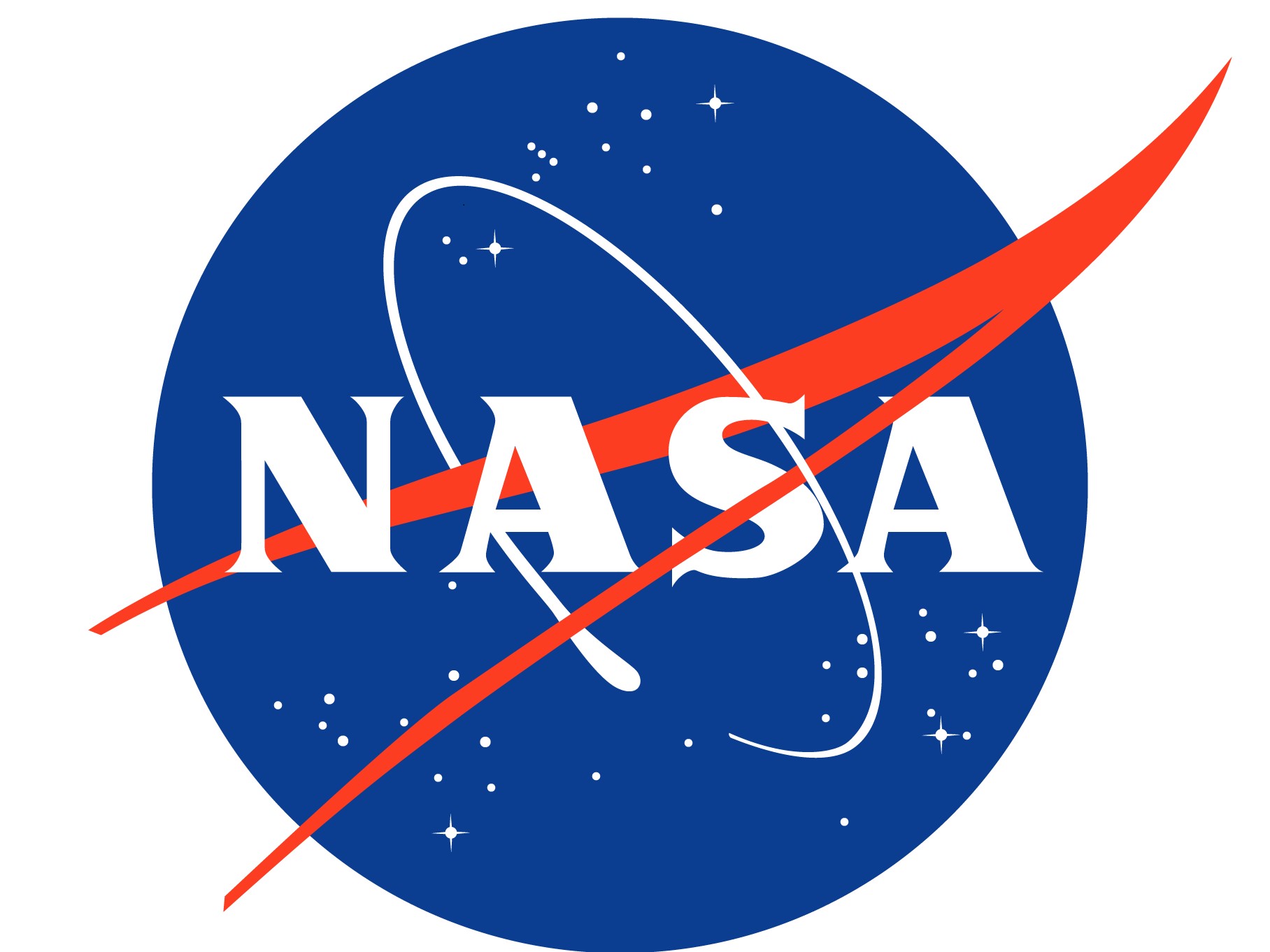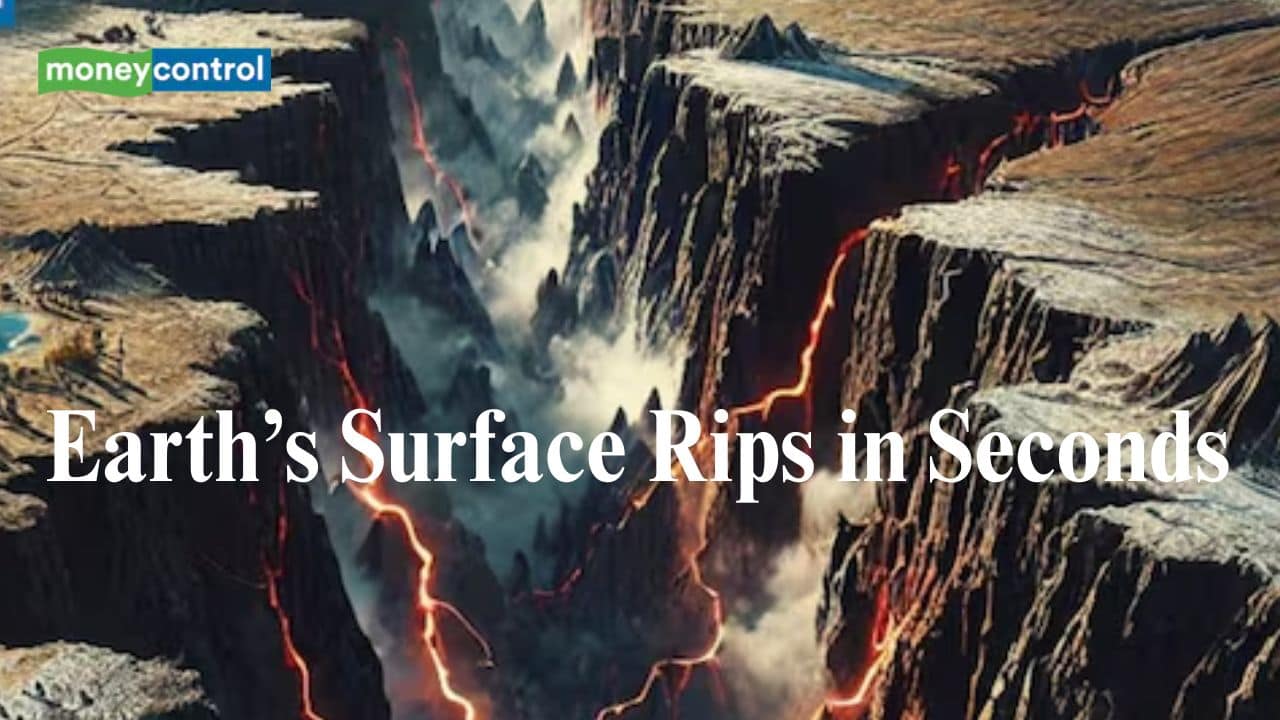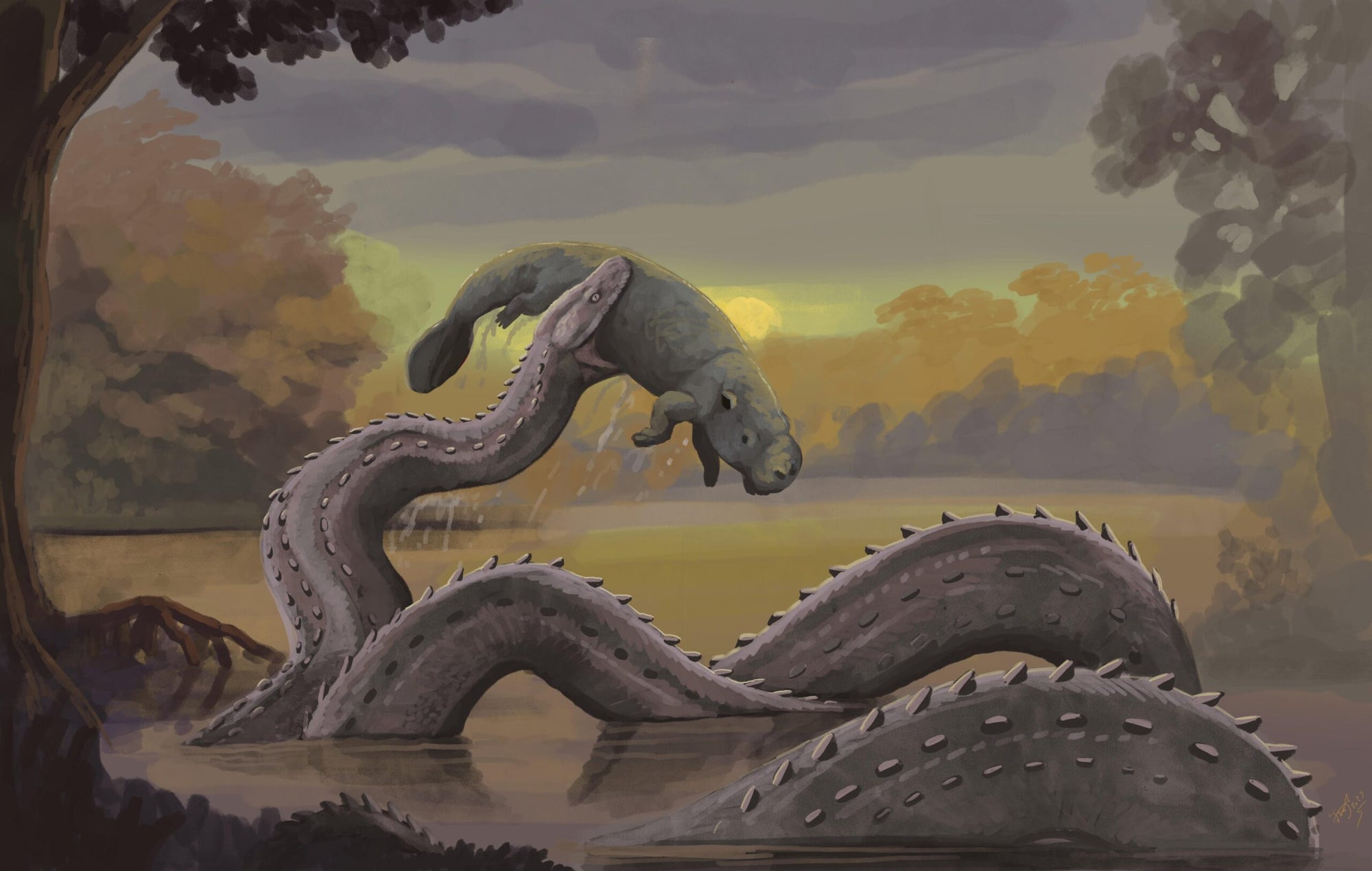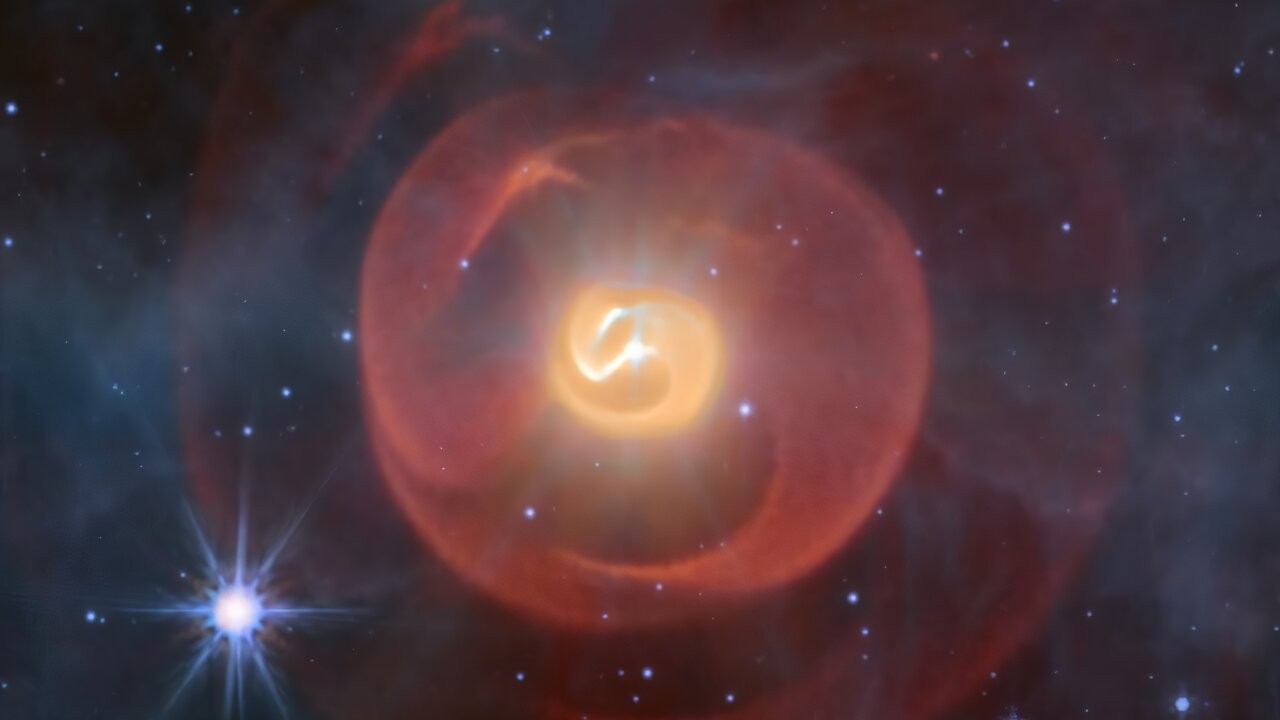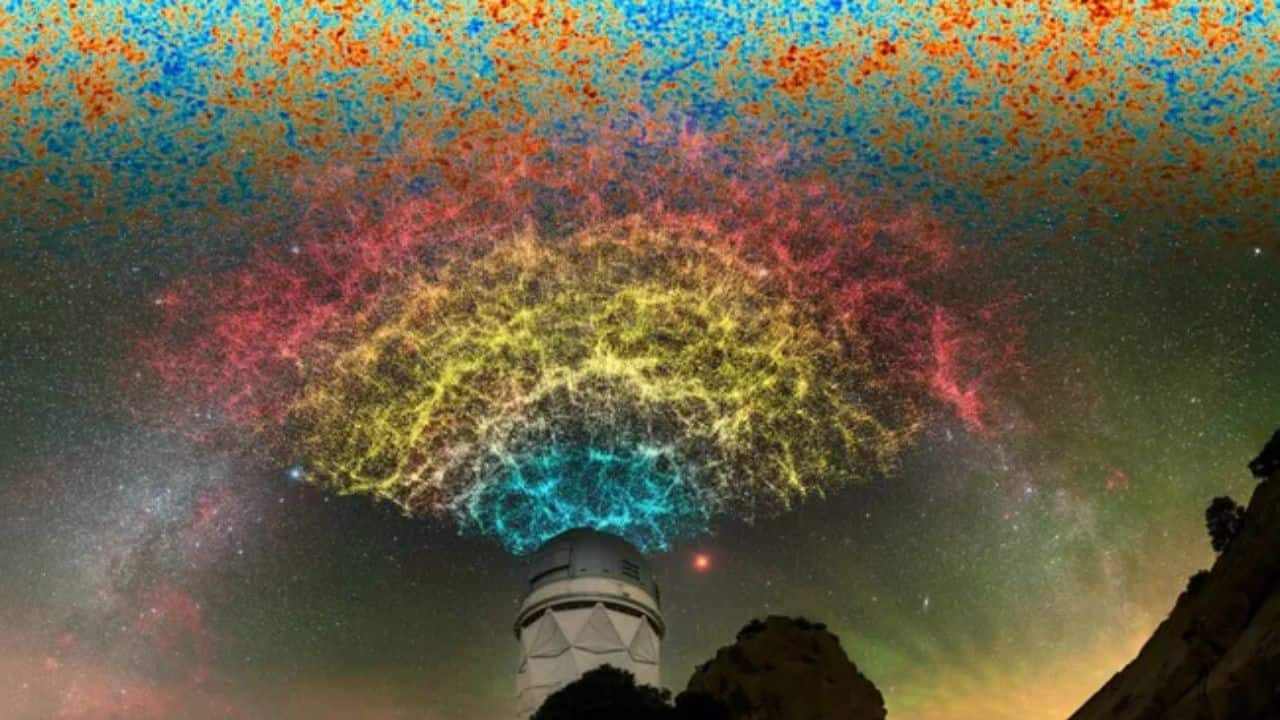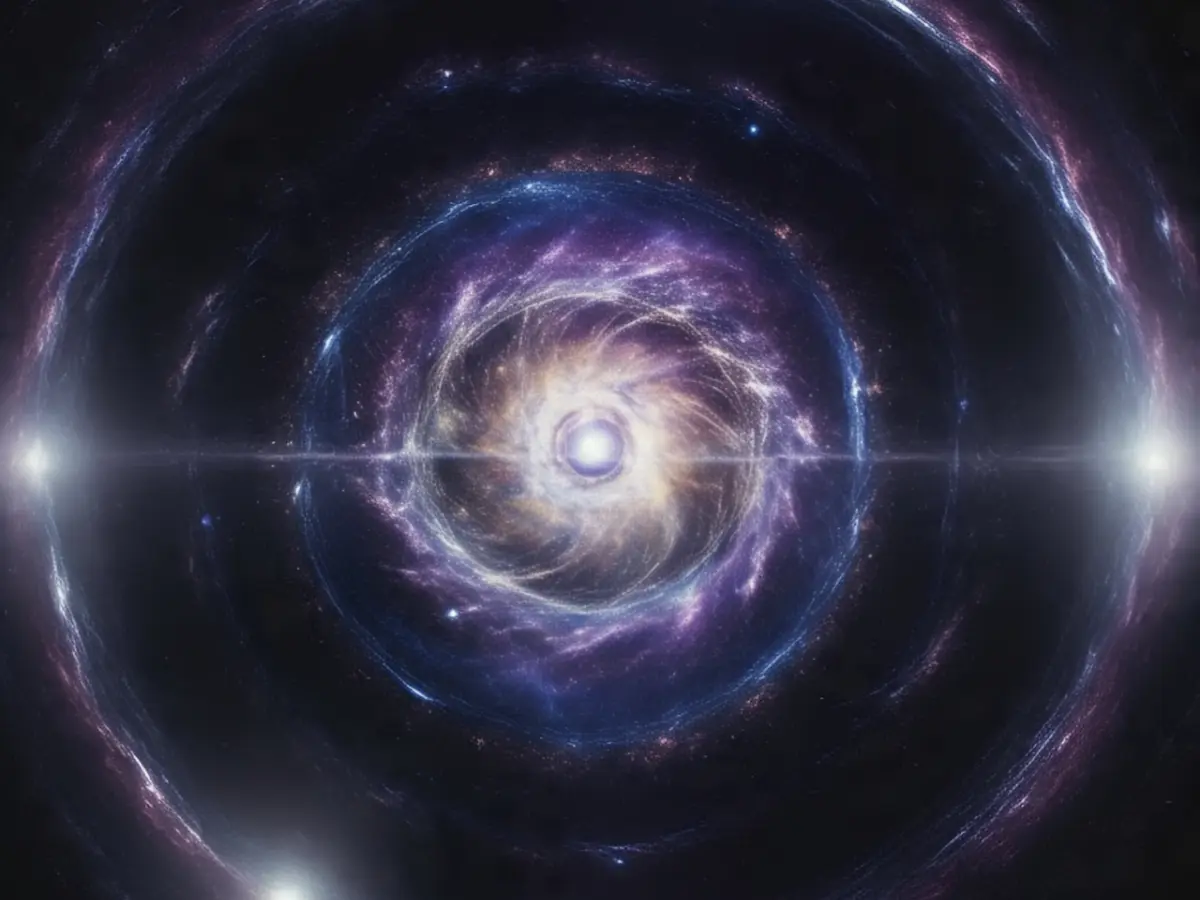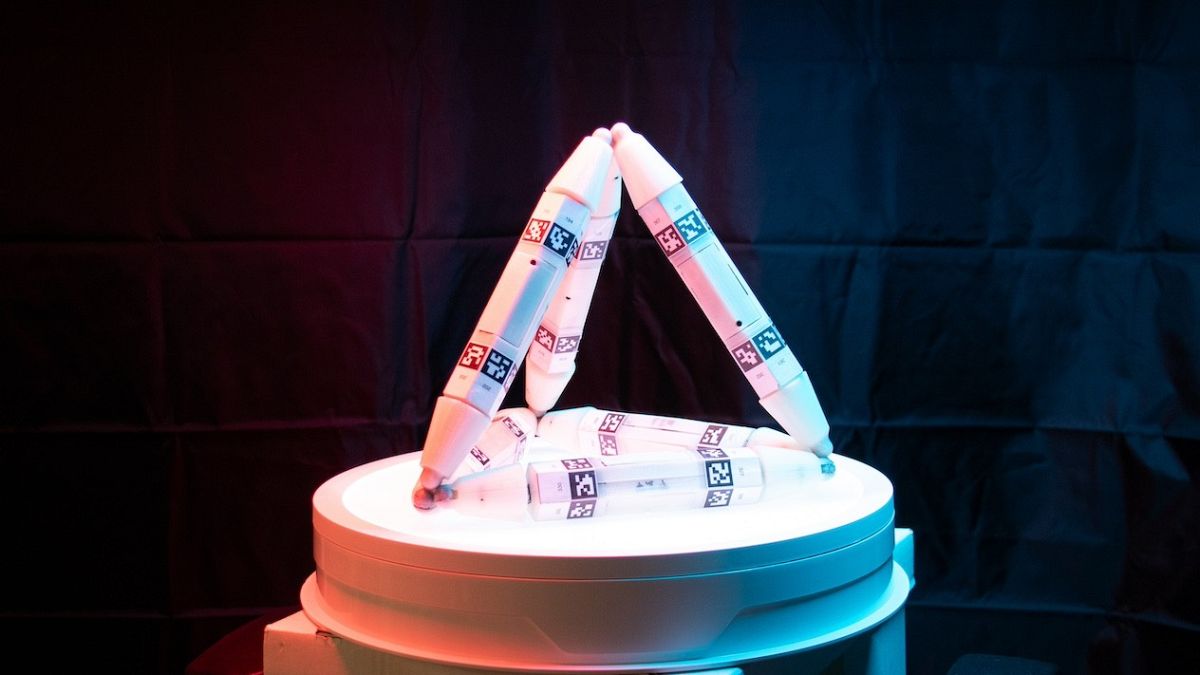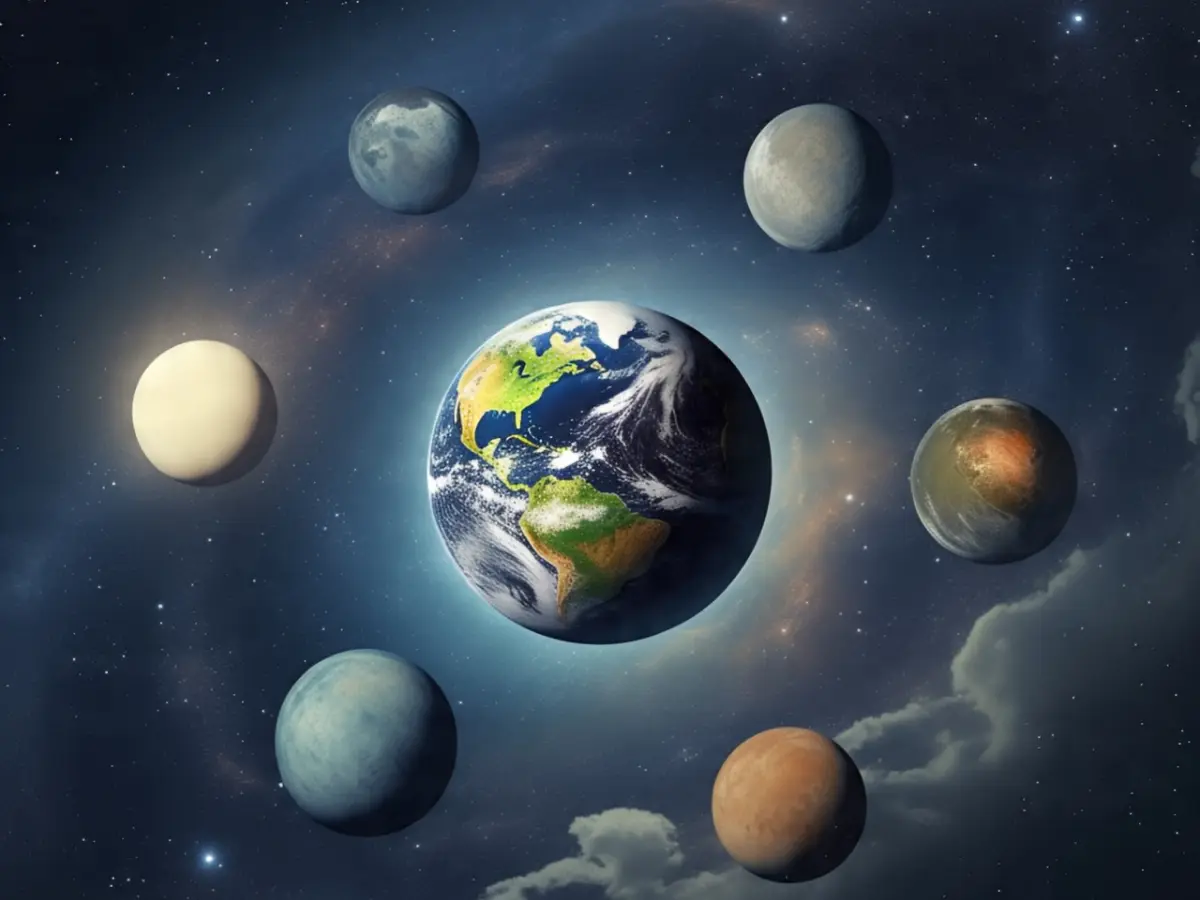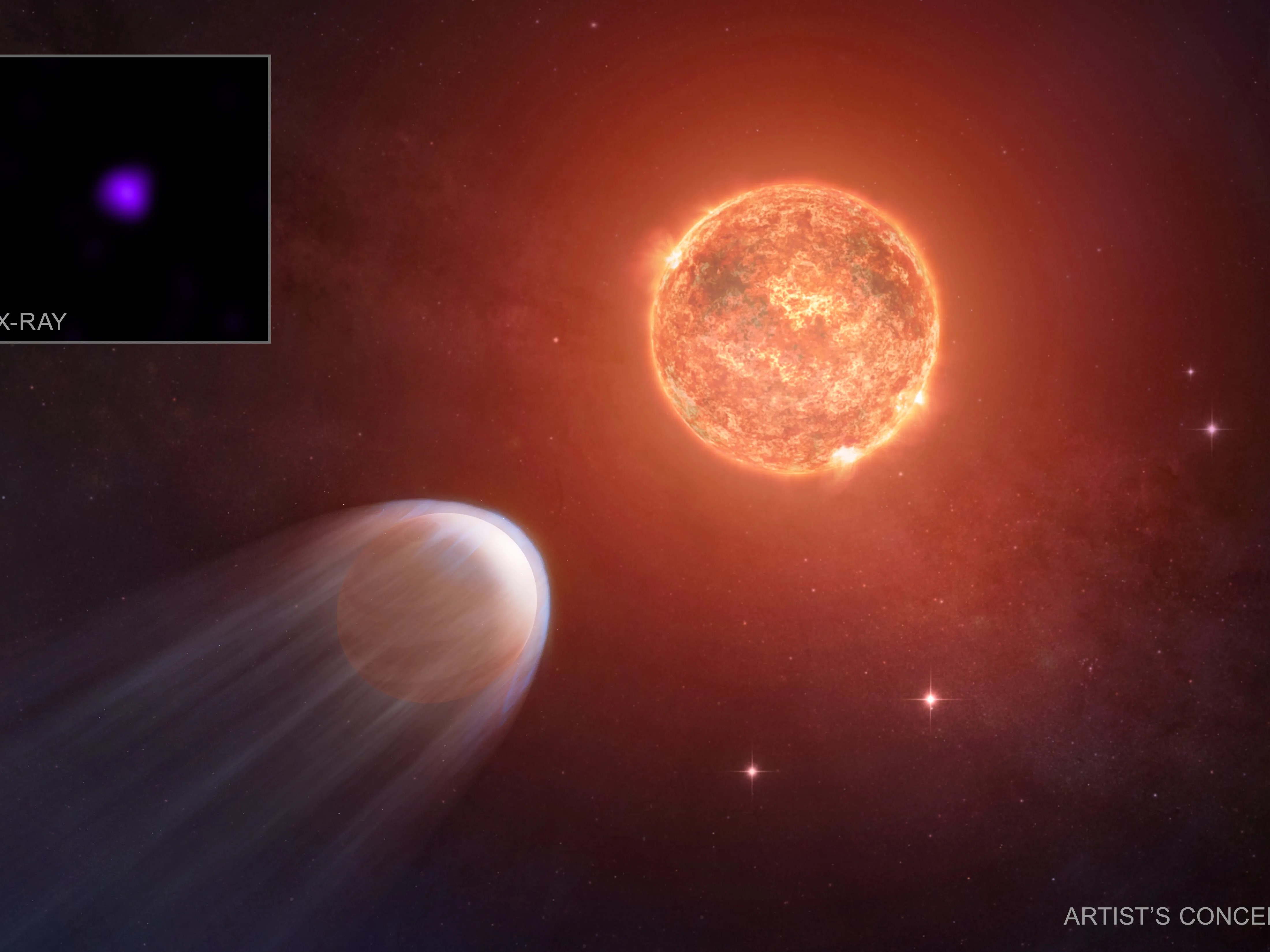Are We Living Inside a Black Hole? Shocking Discoveries from the James Webb Telescope!

Can you imagine that everything we know about the universe might be entirely wrong? Well, buckle up, because a groundbreaking revelation from the James Webb Space Telescope (JWST) suggests we could all be living within a black hole!
Since its launch on December 25, 2021, the JWST has completely transformed our understanding of space. This powerful instrument has unearthed astonishing discoveries, including the first-ever exoplanet and icy disks around a young solar system, pushing the boundaries of what we thought was possible.
A recent study published in the Monthly Notices of the Royal Astronomical Society has analyzed the JWST's early universe observations and stumbled upon a jaw-dropping conclusion: our universe may exist inside a black hole. This idea challenges the very fabric of our understanding of cosmology and leaves us questioning everything we thought we knew about our cosmic home.
So, what exactly is the James Webb Space Telescope? This cutting-edge marvel allows us to gaze deeper into the cosmos—and further back in time—than ever before. Imagine peering at light from galaxies just 300 million years after the Big Bang! It’s a feat no other telescope has accomplished, thanks to JWST’s massive mirror, which is over twice the size of its predecessor, the Hubble Space Telescope.
NASA describes the JWST as the largest, most powerful, and most complex telescope ever launched into space. Its ability to observe longer wavelengths enables scientists to hunt for the unobserved formation of the first galaxies while also examining the interiors of dust clouds that shroud cosmic phenomena.
The study's findings are alarming. Researchers observed a curious trend: galaxies rotating in specific directions. Most astronomers previously assumed that galaxy rotation would be random on large scales, but these observations suggest otherwise. Out of the 263 galaxies observed, a staggering 60% rotate clockwise while 40% rotate counterclockwise—an unexpected pattern that has left experts scratching their heads.
Lior Shamir, an associate professor of computer science at the Carl R. Ice College of Engineering, noted that the difference in rotation is so striking that anyone can see it without special skills. Such a stark contrast raises significant questions and challenges existing cosmological models.
What could this mean for our understanding of the universe? If the universe is indeed inside a black hole, it implies that the early cosmos had a more homogeneous direction of rotation, which devolved into chaos over time. This notion aligns with specific cosmological models, like the ellipsoidal universe, and suggests that our reality could be a mere slice of a far larger, infinitely complex universe.
As Shamir concluded, if the universe was born rotating, it indicates that our existing theories about the cosmos are incomplete. Moreover, there's also the possibility that the observed rotation pattern could be influenced by the Doppler shift effect, which alters the perceived color of light based on an object's movement relative to us. Either way, the implications are monumental and invite a myriad of questions about our place in the universe.


